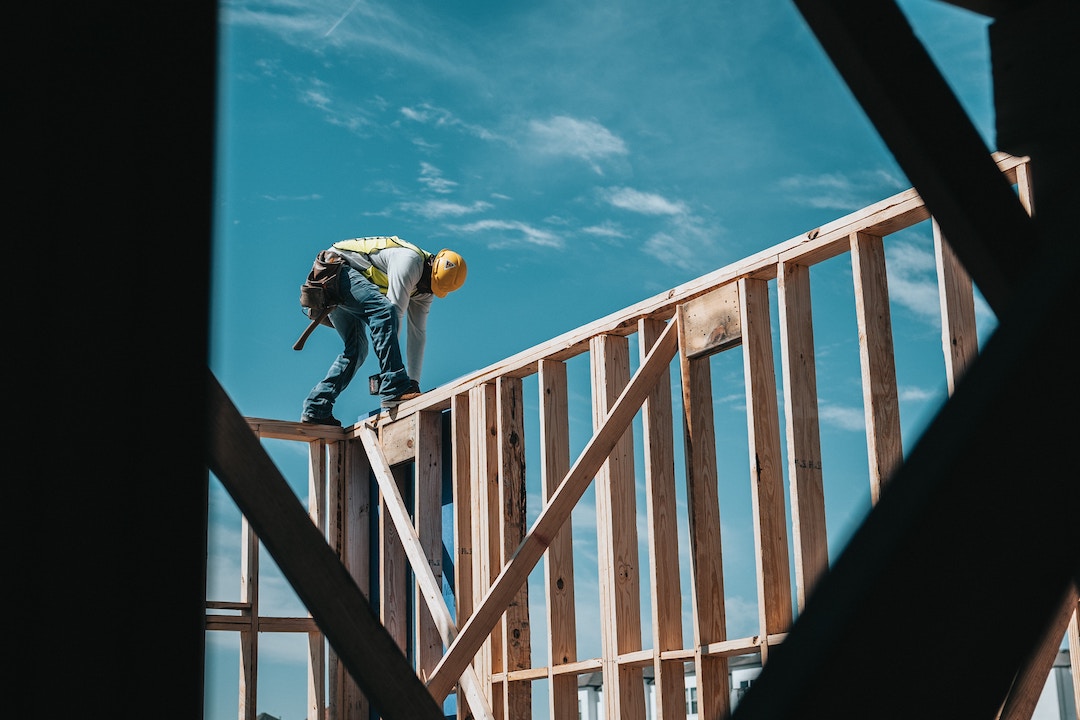Housing supply continues to be impacted by Australia’s cost of living crisis.
New data released by the Australian Bureau of Statistics suggests that Australia will need to significantly increase its housing supply to meet demands from a growing population over the next few years. But what exactly is the issue? And what is being done to support Aussies?
What is the problem?
The Australian Bureau of Statistics August Building Approvals and Home Lending data has indicated that while some improvements are being made, adequate levels of housing and new developments are yet to be reached. Housing supply is sub-optimal, and won’t be able to keep up with Australia’s growing population at current rates of development.
While the Federal government has recently announced a plan to build 12 million homes over five years, beginning in July next year, experts are worried that even this increase won’t be enough.
According to a report from Homelessness Australia, the housing crisis combined with financial hardship means that an additional 1,600 Aussies find themselves homeless each month.

Why is this happening?
According to Master Builders Australia CEO Denita Wawn, there are a number of factors contributing to this crisis.
“The cost of building homes continues to be inflated through unnecessary delays and barriers including planning impediments, lengthy approvals processes and high developer charges.
“Worse still, the Federal Government risks magnifying costs and regulatory obstacles with its far-reaching ‘Closing Loopholes’ Bill.
“The IR Bill means businesses will have even more of their time absorbed by compliance and red tape issues – instead of being out there building new homes.”
Adding to these challenges is the rising cost of material and increased labour shortages.
Overall, the building industry supplies 1.29 million jobs, consisting of more than 435,000 business entities. With so many Aussies relying on the construction sector, communities around the country are calling for greater action from organisations with the power to help.

What can be done?
While the current living situation may seem bleak, many experts believe there are solutions to this national problem. It’s important for the government to support the building and construction industry in order to combat our housing crisis.
“Builders and tradies have a big job ahead of them to ensure we can build enough homes to start tackling rental inflation and meeting our Housing Accord objectives,” says Denita Wawn.
“We need to ensure tradies are spending as much time as possible on the tools without unnecessary delays and disruptions.”
Master Builders Australia chief economist Shane Garrett builds on this sentiment, highlighting the 7.0 percent increase in the number of new home building approvals in August 2023 as a step in the right direction.
“Both detached houses and higher density home building approvals shared in the expansion up 6.0 and 8.8 per cent respectively”, he comments.
“However, the volume of new approvals is still considerably lower than this time last year.
“Over the year to August 2022, new home building approvals are still down by 13.0 per cent.”

One solution is to focus on higher-density properties, such as apartment blocks
Shane believes the best path forward is not outwards, but upwards.
“We still need to see a sustained improvement in the volume of higher density home building in order to relieve inflation which is at 15-year highs.”
By building up rather than out, each new construction project will be more economical, as a higher number of people can find housing as a result. Similarly, it will fast-track the slow process of development.
The National Planning Reform Blueprint, which was recently released by the National cabinet, encourages the development of high-density housing in areas near public transport. This incentive is supported by $3 billion in funding, intended to encourage local and state governments to increase housing supply and affordability.
This funding highlights a greater focus on affordable housing both in the community, and in government, perhaps an indication of broader changes to come.
To read more about property trends in Australia, click here.

